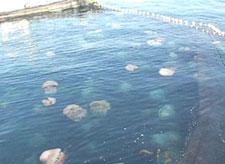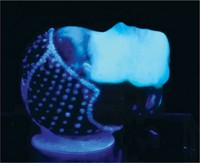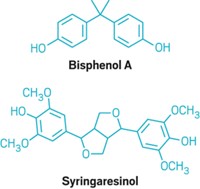Advertisement
Grab your lab coat. Let's get started
Welcome!
Welcome!
Create an account below to get 6 C&EN articles per month, receive newsletters and more - all free.
It seems this is your first time logging in online. Please enter the following information to continue.
As an ACS member you automatically get access to this site. All we need is few more details to create your reading experience.
Not you? Sign in with a different account.
Not you? Sign in with a different account.
ERROR 1
ERROR 1
ERROR 2
ERROR 2
ERROR 2
ERROR 2
ERROR 2
Password and Confirm password must match.
If you have an ACS member number, please enter it here so we can link this account to your membership. (optional)
ERROR 2
ACS values your privacy. By submitting your information, you are gaining access to C&EN and subscribing to our weekly newsletter. We use the information you provide to make your reading experience better, and we will never sell your data to third party members.
Environment
Reducing the Sting of Jellyfish Costs
July 9, 2007
| A version of this story appeared in
Volume 85, Issue 28

Thousands of jellyfish regularly clog water intakes at power plants around the world. With jellyfish populations flourishing, possibly the result of warmer waters and artificial reefs, researchers have been looking for a viable way to offset the cost of removing the overabundant creatures. Kiminori Ushida at the Japanese research institute RIKEN and colleagues may have the answer: They isolated a novel glycoprotein, a member of the mucin family, in high yield from five species of jellyfish (J. Nat. Prod., DOI: 10.1021/np060341b). Named qniumucin, the highly polymerized biomaterial contains repeating patterns of eight amino acids and is similar to human mucin. Qniumucin could be used as a starting material to make designer mucins or to substitute for mucins now obtained from pigs and cows. The compounds are used in drug delivery, antibiotic products, cosmetics, and food additives.





Join the conversation
Contact the reporter
Submit a Letter to the Editor for publication
Engage with us on Twitter